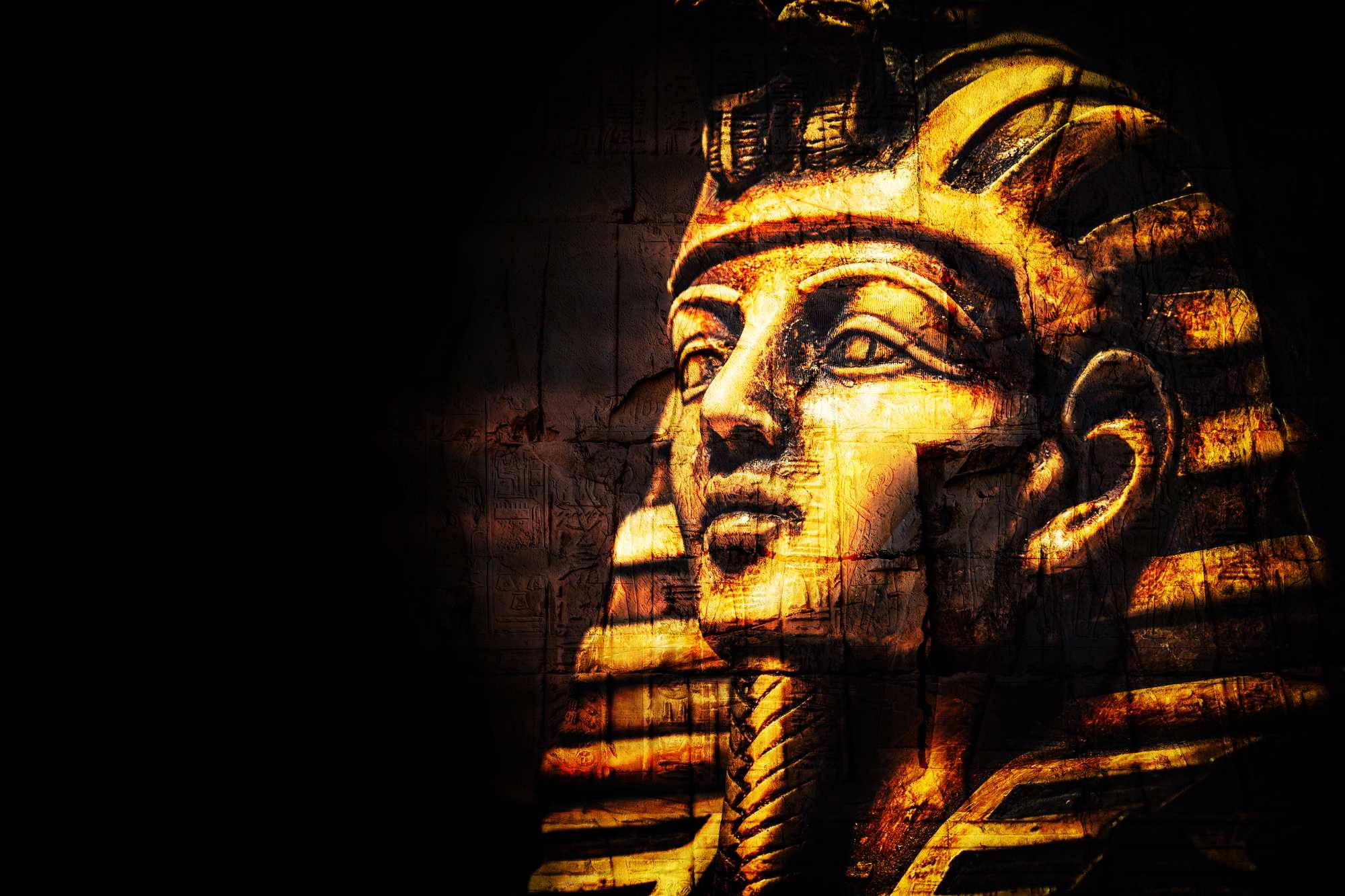BY DAVE RANKIN
The reign of Tutankhamun’s predecessor Akhenaten left the nation of Kemet in a weakened state on so many fronts. As outlined in previous articles, Akhenaten had closed down many of the temples, which strengthened his religious reformation to the ancient deity Aten and in the process, he stripped away some of the luxuries that were bestowed upon the clergy. Of course, this definitely upset the order of things.
The clergy were used to a certain amount of leeway from previous nesew that they no longer received with Akhenaten. He also moved the capital city to Akhetaten, and deteriorated relationships with nation states under the empire. For reference, there is a report that a prince of Jerusalem wrote to Akhenaten begging the nesew “to care for his land.” However, this fell on deaf ears as the Hittites and Habiru successfully plundered the prince’s land. With this entire going on in Kemet, it is no wonder why many historians have labelled Tutankhamun as “The Redeemer.”
With the passing of Akhenaten, Tutankhamun had to make moves in order to restore the confidence of the nation. Henceforth, his actions had a sense of “redemption.” Tutankhamun moved from his birthplace and current capital city Akhenaten or El-Amarna, to the southern capital of Thebes. As the authors of “When Egypt Ruled the East” put it, “This act sealed the fate of Akheaten. All the nobles, officials, mercenaries, artisans, and serfs… naturally returned along with royal court to the ancient capital.” Akhetaten quickly became a ghost city.
The next order of business was the devotion to Aten. This naturally dissipated as Tutankhamun and his advisers were quick to recognize that in order to right the ship that had gone wrong, the worship of Amun had to be restored and the temples reopened. So, the “boy king” who was born Tutankhaten changed his name to the familiar Tutankhamun, which means “Beautiful in Life for Amun.” His wife Ankhesenpaten did so as well, changing her name to Ankhesenamun, which now meant “She Lives for Amun.” The temples were reopened, festivals were celebrated, and the clergy went back to receiving their luxuries as years passed. If we were to place a date of when these actions took place, we would be looking around Tutankhamun’s 4th year of reign.
As part of Tutankhamun’s position as the “Redeemer” he attempted to rebuild diplomatic relationships with nation states under the empire, especially with the Mitanni. There is some evidence of his success in this area as represented by some of the gifts that were present in his tomb labelled as KV55 located in The Valley of the Kings. Despite his actions to improve these relationships, there are recorded battles with the Nubians and Syrians as depicted in a tomb relief. While Tutakhamun would still have been a boy at this time, the commander of the army General Horemheb would have led the campaigns.
Tutankhamun also commissioned building projects. In Karnak, he had a succession of “sphinxes” or Horemakhet laid out along the road leading up to the temple of Mut. At the temple in Luxor is where he would make his greatest impression. Tutankhamun had the walls of the court around the great colonnade of Amenhotep the 3rd marvelously decorated. There were a number of monuments that were defaced by Akhenaten that were restored. Reliefs were also created which show that traditional festivals, like the Opet were once again celebrated.
Tutankhamun’s actions clearly showed that he was dedicated to the nation in ways that Akhenaten was not. However, despite his devotion the history books tell us that his reign was unexpectedly cut short for reasons unknown. This is something we would have to take a look at in our next entry.

